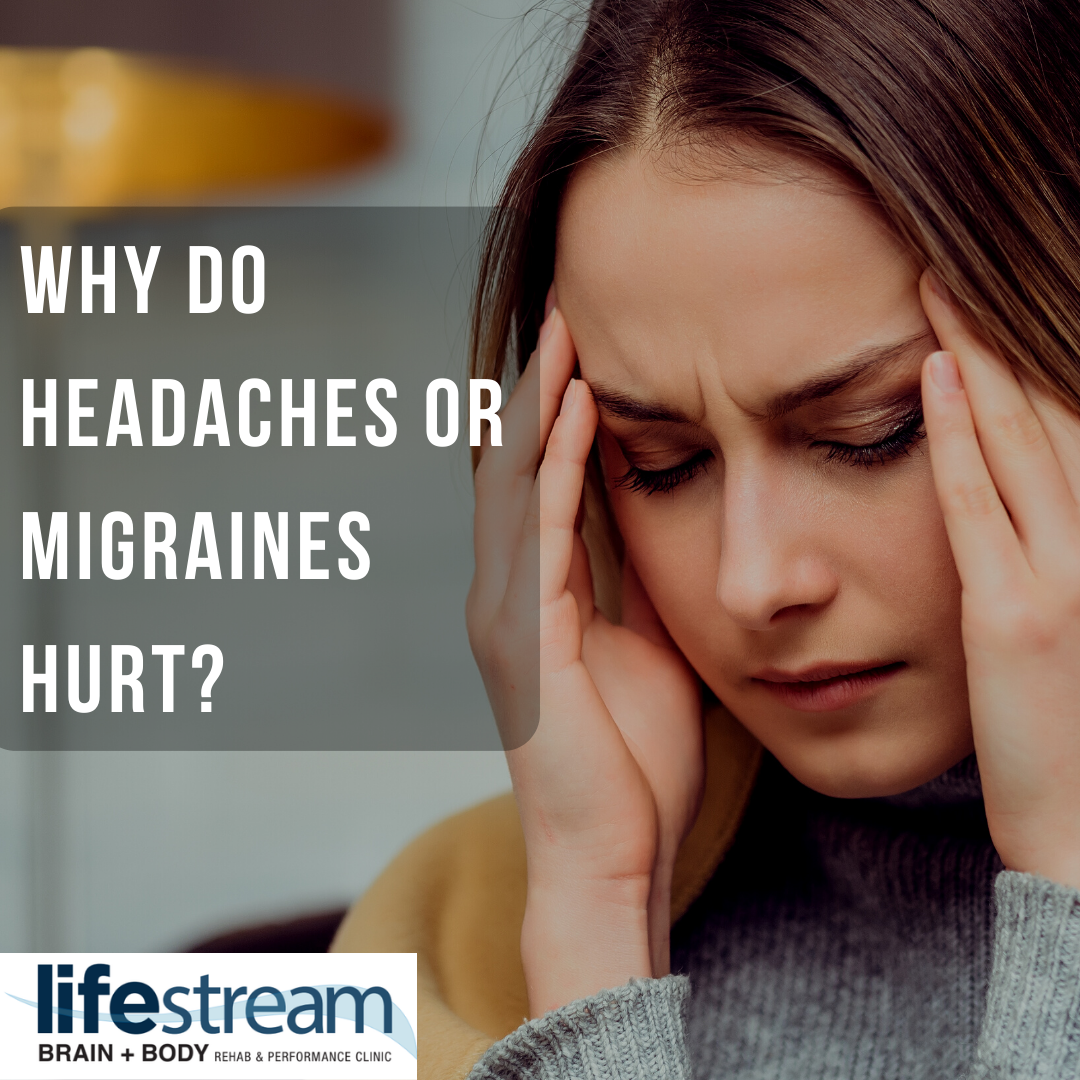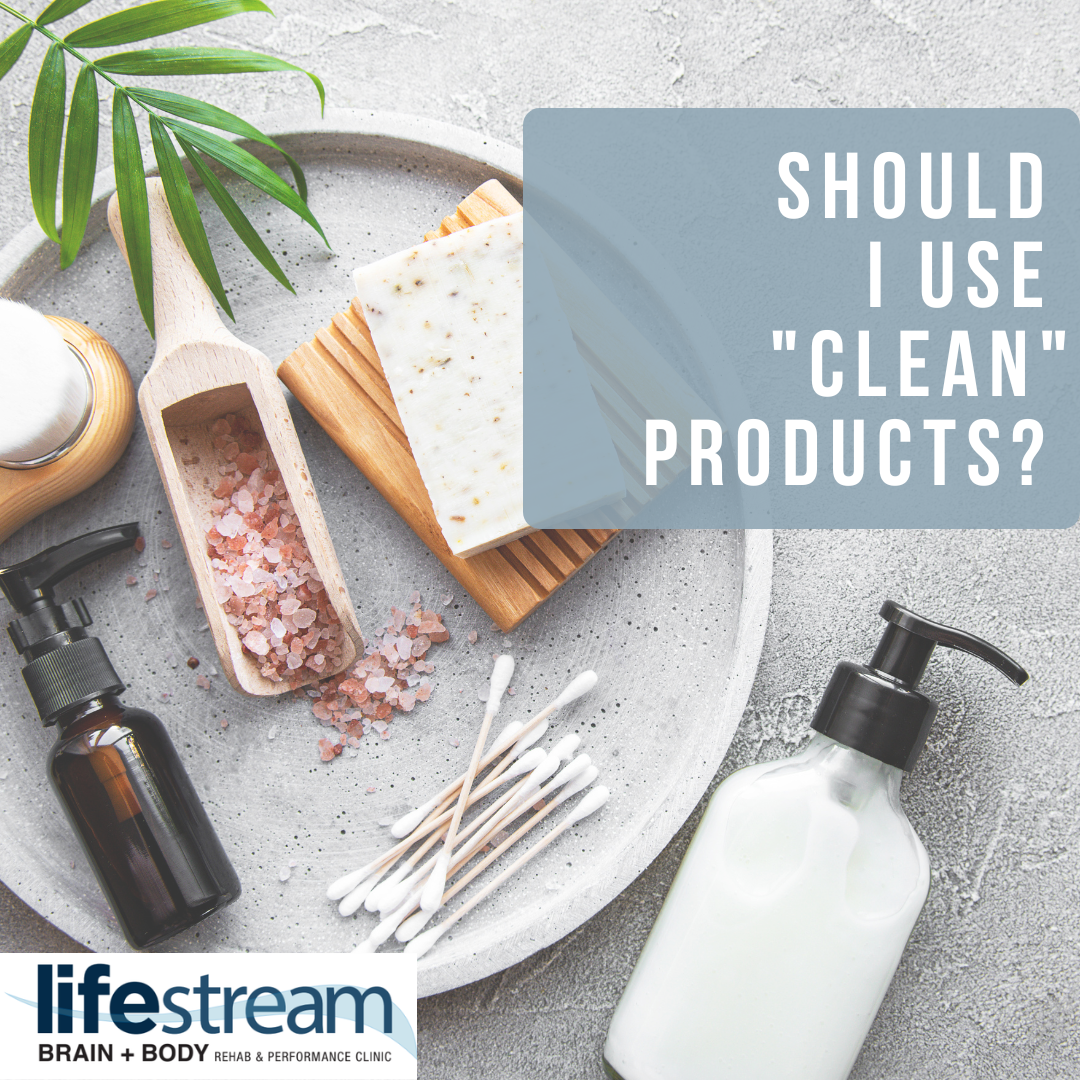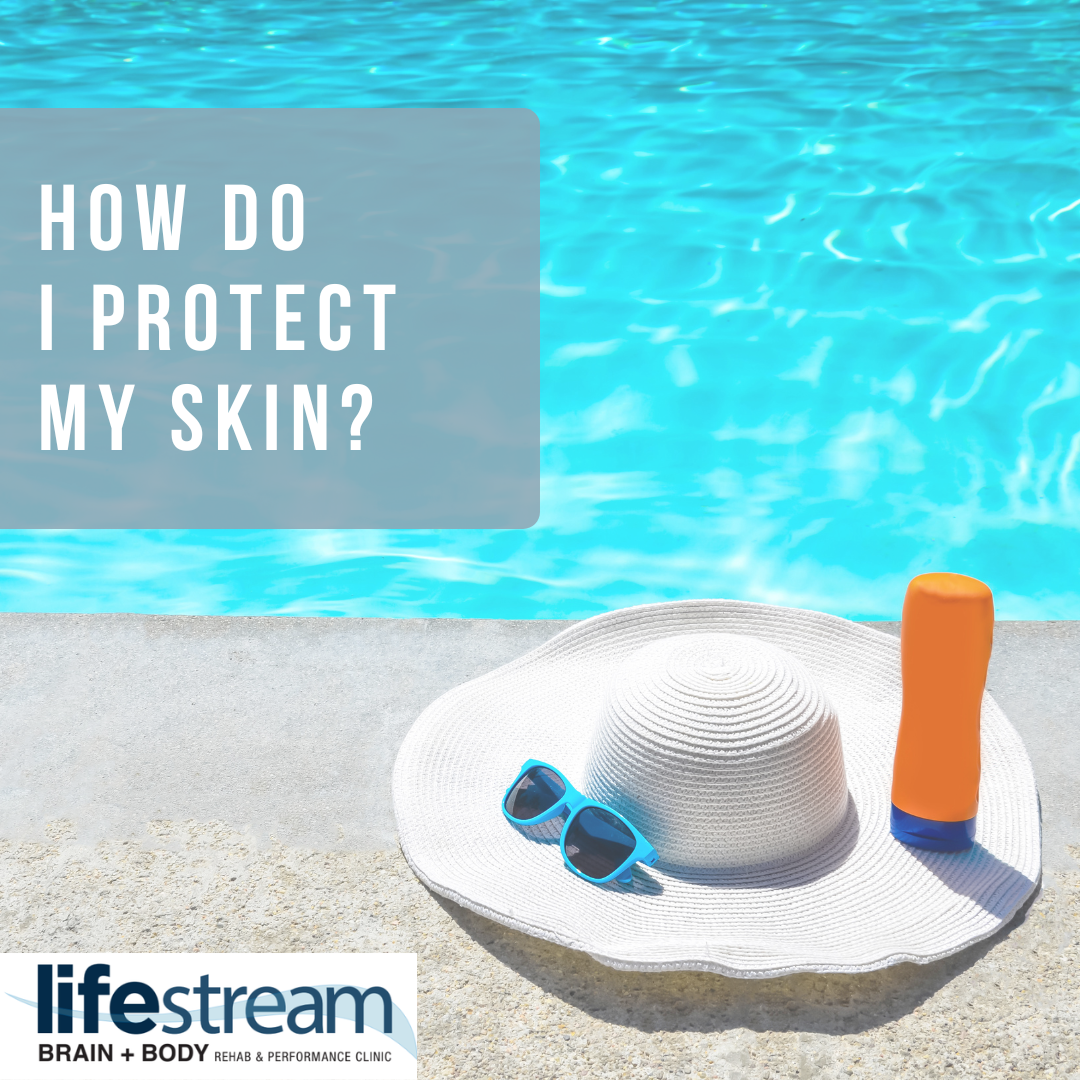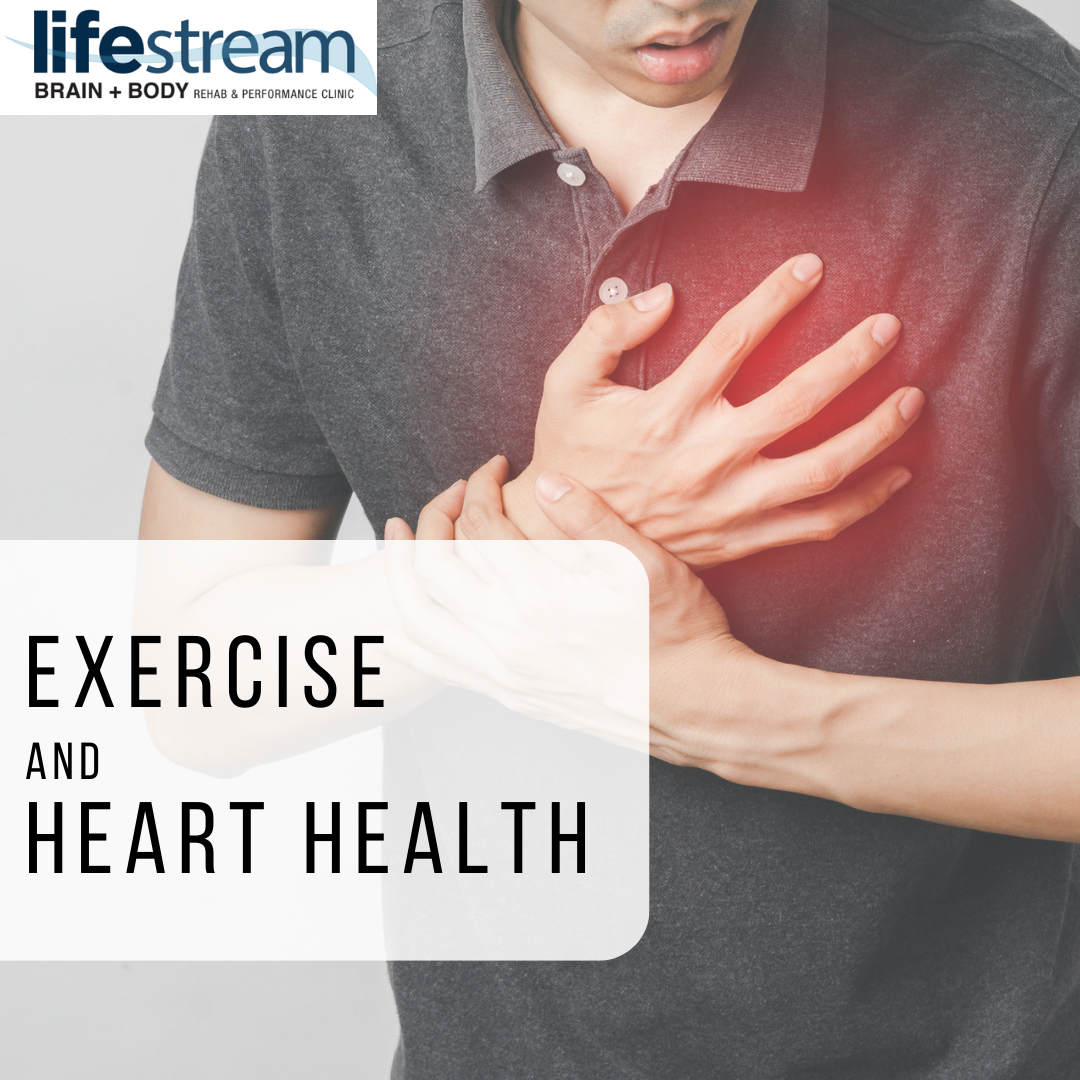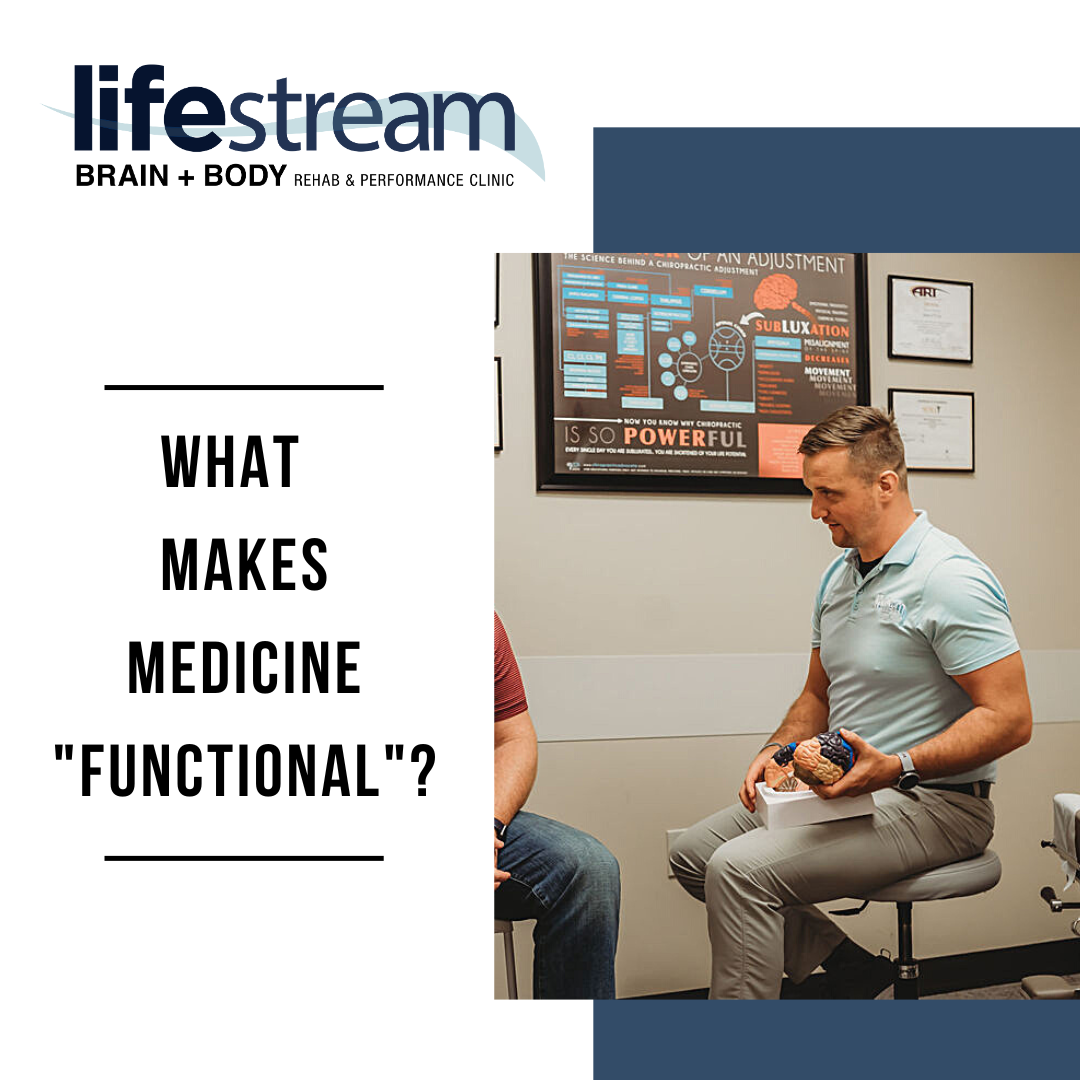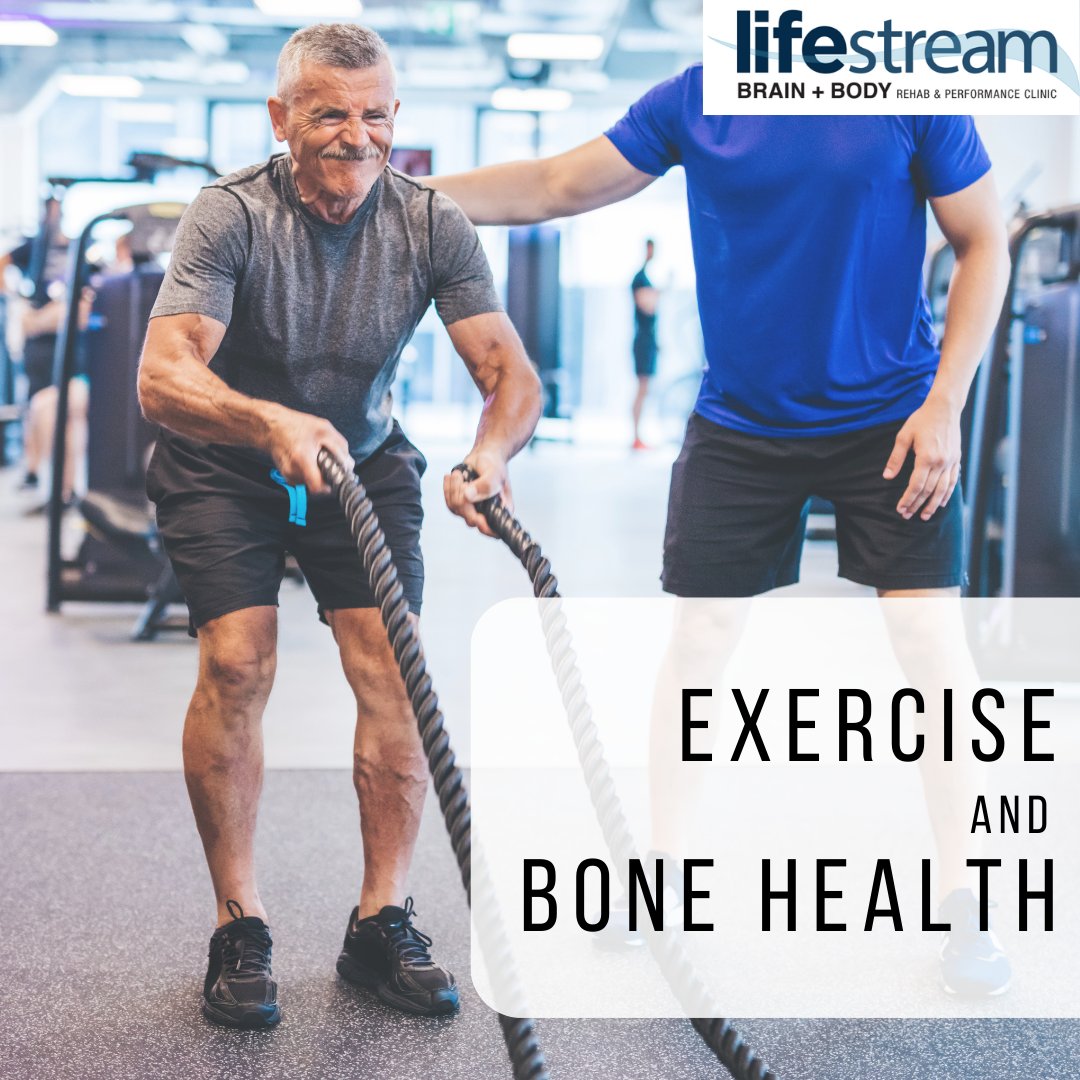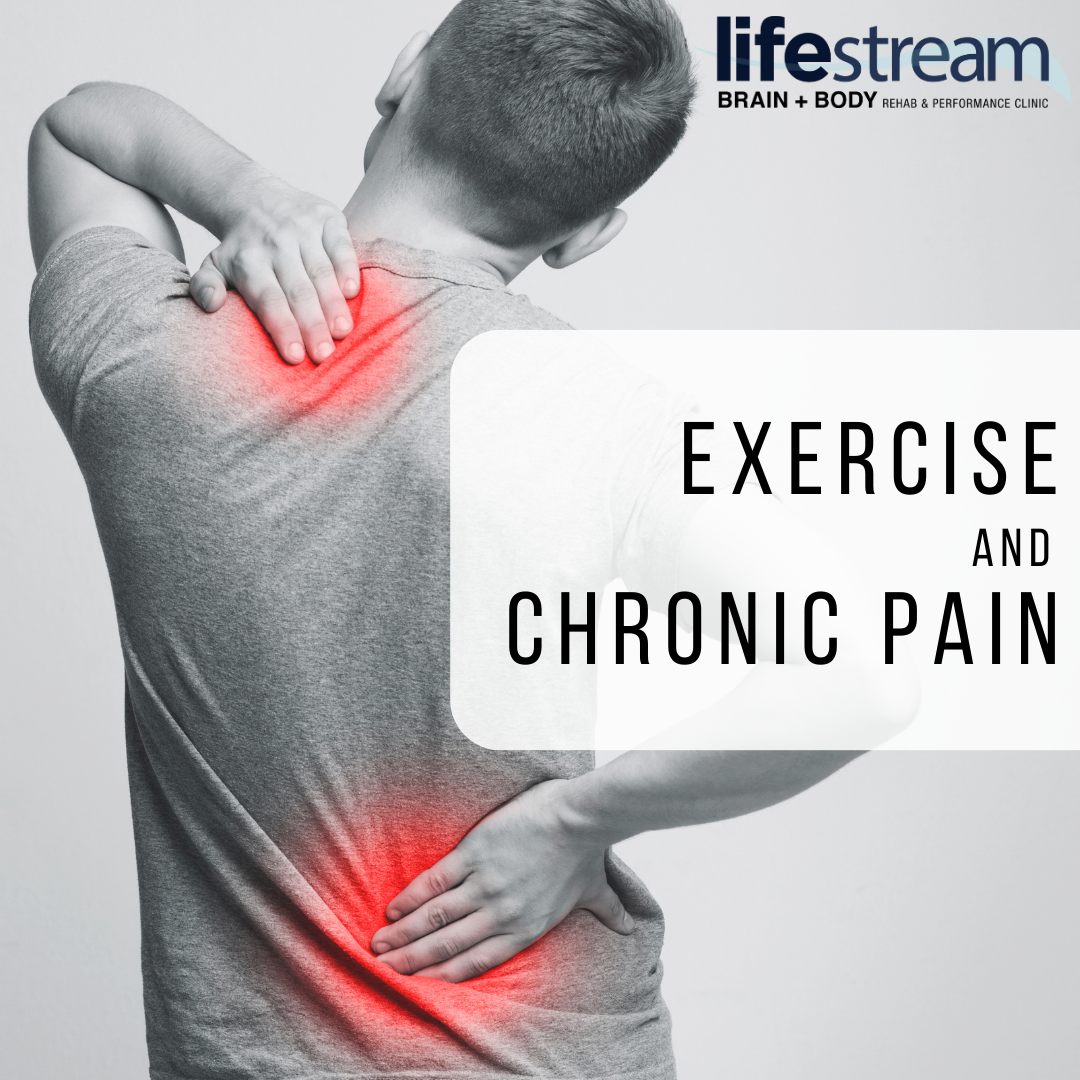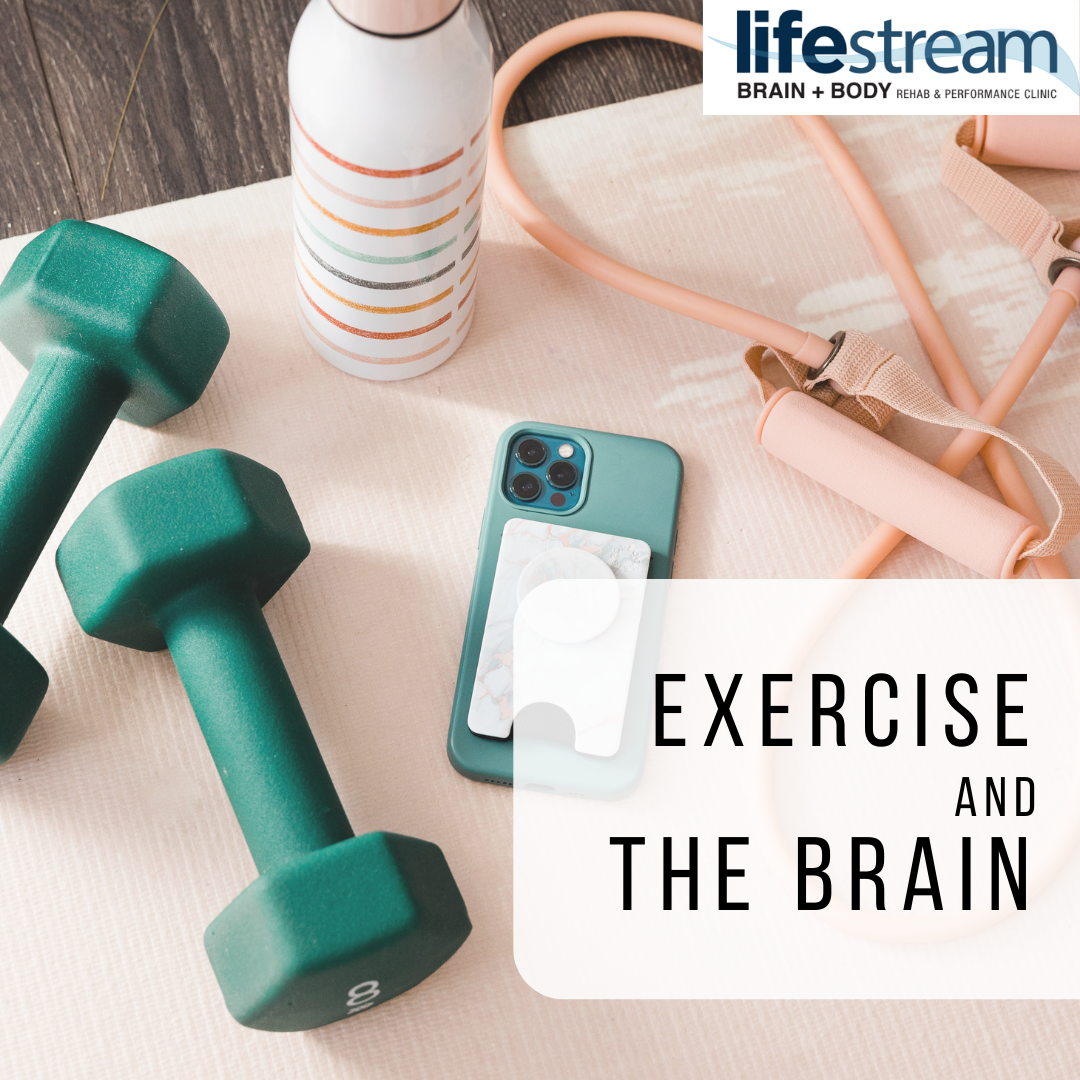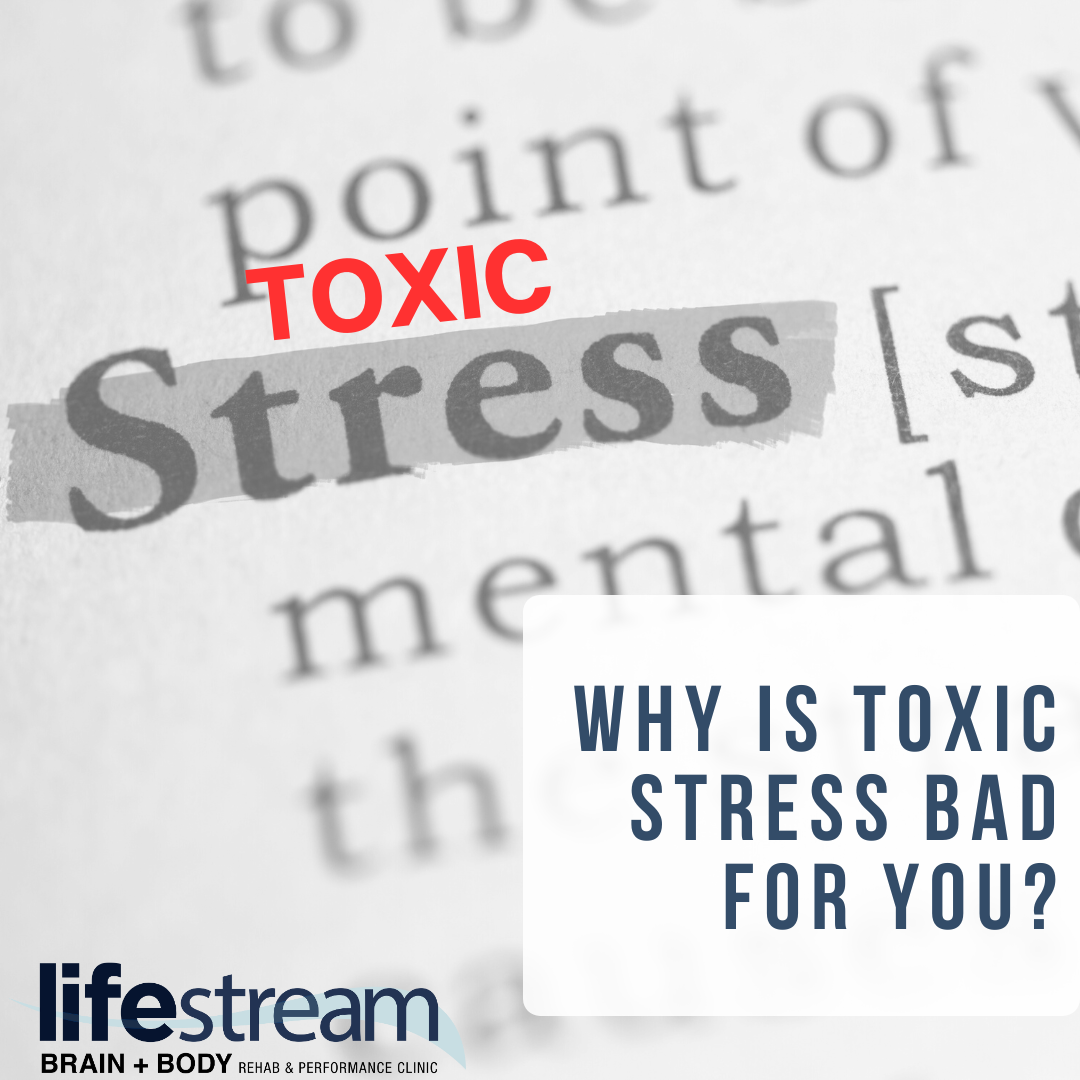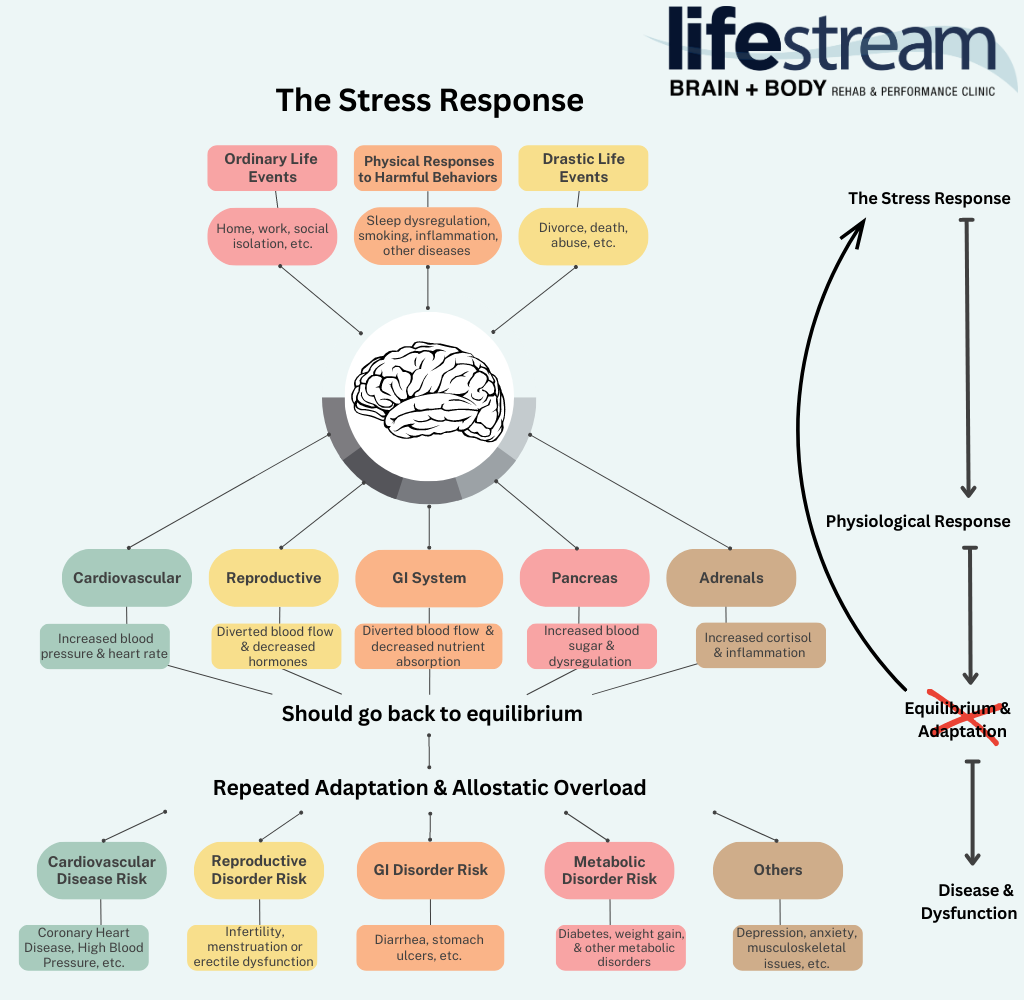Why do Headaches/ Migraines Hurt So Bad?
What causes headaches/ migraines and why do they hurt so bad?
This really is the million dollar question. June is National Migraine and Headache Awareness month, so we’re going to talk about headaches and migraines. Headaches are a common reason for someone coming into a chiropractic office, or just to the doctor’s office in general.
First though, we are going to distinguish between a headache and a migraine.
A migraine is a distinct subclass of neurological disorder- a sensory processing disorder. A person experiencing a migraine “episode” often has other sensory symptoms such as visual disturbances, nausea, light and/ or sound sensitivity, and weakness- or even symptoms like digestive issues. Migraines are usually characterized as more of an “attack” lasting for longer periods of time if not treated. Though the cause is less known, the mechanisms by which pain is caused is pretty similar and usually involves some sort of hyperactive or hypersensitive component which can exacerbate or prolong symptoms.
Headaches usually have more of a known cause than migraines and occur when the pain-sensitive areas of the brain are activated. Headaches are classified into types based on their cause such as tension, allergy, caffeine, etc. They are usually characterized as more of a symptom with pain somewhere on the head being the pain complaint. Pain can be mild or debilitating, and can also accompany other symptoms like nausea or light/ noise sensitivity.
It might surprise you to figure out that brain tissue itself cannot feel pain. The pain is caused by pain-sensitive nerve endings in the body that react to certain stimuli or triggers (like muscles in your head or neck, nerves or blood vessels surrounding, brain chemical activity, certain foods, medications, etc). The trigeminal nerve (the 5th cranial nerve) is the largest of the cranial nerves and provides sensory information from the head and neck like pain, temperature, and touch to the brain. It has three branches that send nerve signals to the thalamus which is the part of the brain that receives these signals, processes them, and sends the information to other areas of the brain to become aware of the pain, manage emotional responses, and create other responses like nausea, vomiting, and other neurologic symptoms.
When you or someone you love suffers from recurring migraines and/ or headaches, you can often feel very powerless in helping them. Since the causes of headaches and migraines, and therefore the best treatment for their specific kind of headache/ migraine are often hard to pinpoint, I am going to give you some ideas for things you can do to help improve things that typically worsen or stimulate headaches:
– Eat 3-5 meals daily at regular times: Having a low blood sugar or skipping meals can be a trigger, so try to eat at least 3 full meals a day with proteins, carbs, and fats and mix in healthy snacks to keep you going
– Monitor your intake of beverages: Dehydration is a common trigger. Additionally, alcohol and caffeine (or lack of) can also be triggers
– Food as a trigger: foods such as chocolate, aged cheeses, fermented goods, artificial sweeteners, or processed/ cured meats can be triggers, so it is a good idea to keep a food journal to rule out a particular food or drink as the cause
– Avoid environments with loud or sudden noises, bright lights, or strong odors as they can also be triggers
– Incorporate regular stress-reducing activities such as stretching/ yoga, exercise, or breathing exercises to help manage stress, depression, anxiety, etc.
– Establish a regular sleeping pattern so that you go to bed at the same time and wake up at the same time. Getting too much or too little sleep can be a trigger
All of this being said, there are still things out of your control that can be triggers such as medications, weather changes, hormonal changes and much more. Therefore, it is a good idea to establish a good foundation by eating a healthy diet, getting regular exercise as tolerable, drinking plenty of water, and getting a good amount of sleep. Reach out to your doctor and ask about lifestyle changes that can help you manage your migraines and/ or headaches.
Sources:
“Brain Health Palm Beach” Facebook page
https://www.pennmedicine.org/updates/blogs/health-and-wellness/2019/november/migraines-vs-headaches
https://www.mayoclinic.org/symptoms/headache/basics/causes/sym-20050800#:~:text=Chemical%20activity%20in%20your%20brain,a%20role%20in%20primary%20headaches.
https://www.ninds.nih.gov/health-information/disorders/headache
https://www.ninds.nih.gov/health-information/disorders/migraine
https://headaches.org/?gclid=CjwKCAjwyqWkBhBMEiwAp2yUFo6oT6V1ikzC9KQTBRiZ654kOnejTg7OqznndHZU84XSBdBl0S9oHhoCUfsQAvD_BwE
https://www.migrainedisorders.org/migraine-disorders/migraine-causes/#:~:text=Dysfunction%20of%20the%20Nervous%20System%20Can%20Cause%20Migraine&text=It%20overreacts%20to%20stimuli%20causing,that%20attaches%20to%20special%20sensors.
https://www.ncbi.nlm.nih.gov/books/NBK482283/#:~:text=The%20trigeminal%20nerve%20is%20the,and%20mandibular%20(V3)%20nerves.
https://www.ncbi.nlm.nih.gov/pmc/articles/PMC3349479/#:~:text=The%20thalamus%20is%20one%20of,various%20parts%20of%20the%20cortex.

